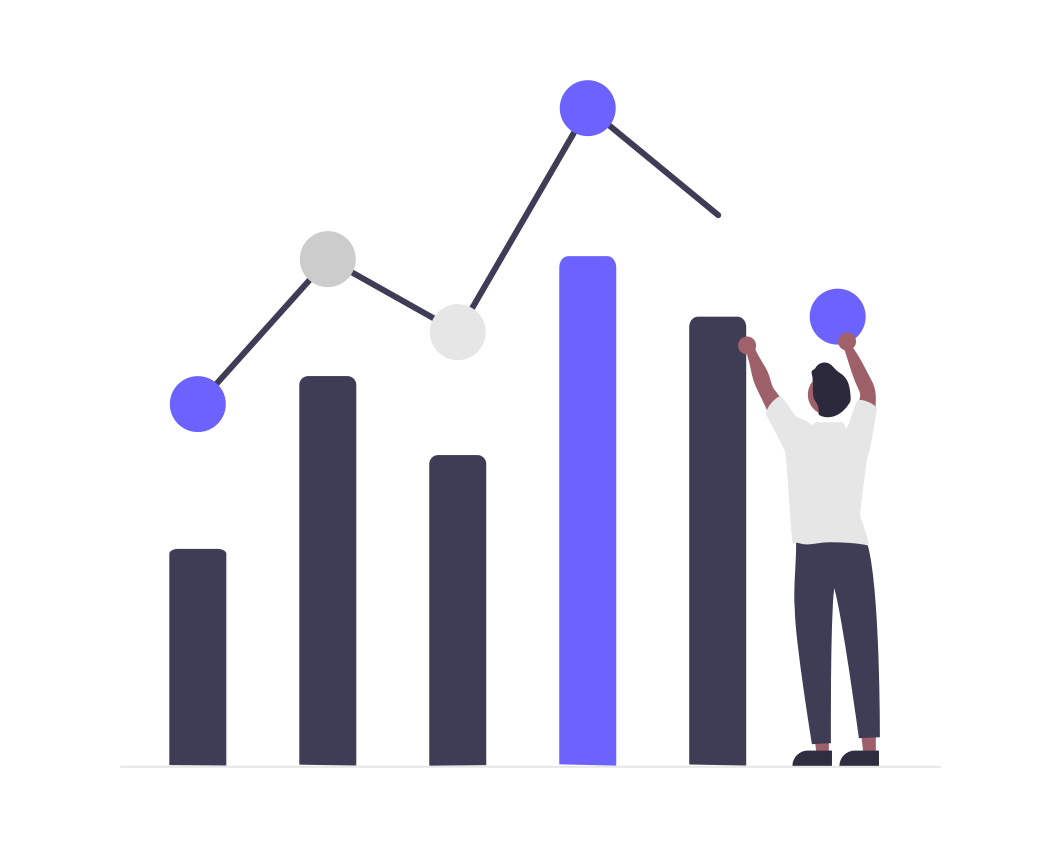In today's competitive market, understanding your target audience is more critical than ever. Account-Based Marketing (ABM) has emerged as a powerful strategy, focusing on personalized marketing efforts to key accounts. While traditional segmentation methods rely heavily on demographic and firmographic data, psychographic segmentation dives deeper, exploring the attitudes, values, interests, and lifestyles of potential clients. This article explores the importance of psychographic segmentation in ABM and offers strategies to implement it effectively.
Understanding Psychographic Segmentation
Psychographic segmentation categorizes individuals based on psychological attributes. These can include:
- Values and Beliefs: What core beliefs drive your target audience?
- Interests and Hobbies: What do they enjoy doing in their free time?
- Lifestyles: What are their daily habits and behaviors?
- Personality Traits: Are they introverted or extroverted? Risk-takers or risk-averse?
- Social Status: How do they perceive their social standing and how does it influence their decisions?
Why Psychographic Segmentation Matters in ABM
Psychographic segmentation allows marketers to create highly personalized and relevant content. It goes beyond the 'who' and 'what' to understand the 'why' behind purchasing decisions. This deep understanding can significantly enhance the effectiveness of ABM campaigns by aligning marketing messages with the emotional and psychological drivers of target accounts.
Strategies for Implementing Psychographic Segmentation in ABM
1. Conduct Thorough Research
Start with comprehensive research to gather psychographic data. This can be done through:
- Surveys and Questionnaires: Directly ask your target audience about their values, interests, and lifestyles.
- Social Media Analysis: Monitor social media interactions to gain insights into their preferences and behaviors.
- Customer Interviews: Conduct in-depth interviews with current clients to understand their motivations and decision-making processes.
2. Leverage Existing Data
Utilize existing customer data to infer psychographic traits. CRM systems and marketing automation tools often hold valuable information that can be analyzed to extract psychographic insights.
3. Develop Detailed Buyer Personas
Create detailed buyer personas that include psychographic characteristics. These personas should go beyond basic demographic information to encompass the psychological attributes of your ideal clients.
4. Utilize AI and Machine Learning
AI and machine learning can play a crucial role in psychographic segmentation. These technologies can analyze large datasets to identify patterns and correlations that may not be immediately apparent. Tools like Abmatic AI can help de-anonymize website visitors and provide psychographic insights based on their online behavior.
5. Create Personalized Content
Use psychographic data to craft personalized content that resonates with your target audience's values and interests. This could include tailored email campaigns, personalized landing pages, and targeted social media ads.
6. Implement Behavioral Tracking
Track and analyze the behavior of your target accounts on your website and other digital platforms. Behavioral tracking tools can provide insights into their interests and preferences, allowing you to refine your psychographic profiles continually.
7. Engage in Social Listening
Social listening involves monitoring social media platforms for mentions of your brand, competitors, and industry-related topics. This can provide real-time insights into the attitudes and opinions of your target audience, helping you stay attuned to their evolving needs and preferences.
Benefits of Psychographic Segmentation in ABM
- Enhanced Personalization: Tailor marketing messages to resonate deeply with the target audience's values and interests.
- Improved Engagement: Increase engagement rates by delivering content that truly matters to the target accounts.
- Better ROI: Higher engagement and conversion rates lead to a better return on investment for marketing efforts.
- Deeper Customer Insights: Gain a more profound understanding of your customers, which can inform product development and overall business strategy.
Challenges and Solutions
Implementing psychographic segmentation can be challenging due to the need for accurate data and the complexity of analyzing psychological attributes. Here are some solutions:
- Data Accuracy: Ensure data accuracy by combining multiple data sources and continuously validating the information.
- Complex Analysis: Utilize advanced analytics tools and expertise to interpret psychographic data effectively.
- Scalability: Start with a small segment and gradually scale as you refine your psychographic models and gain confidence in the results.
Conclusion
Psychographic segmentation is a powerful tool in the arsenal of ABM strategies. By understanding the psychological drivers behind purchasing decisions, marketers can create more personalized and effective campaigns. Implementing the strategies outlined in this article can help businesses unlock the full potential of psychographic segmentation, driving engagement and revenue growth.


